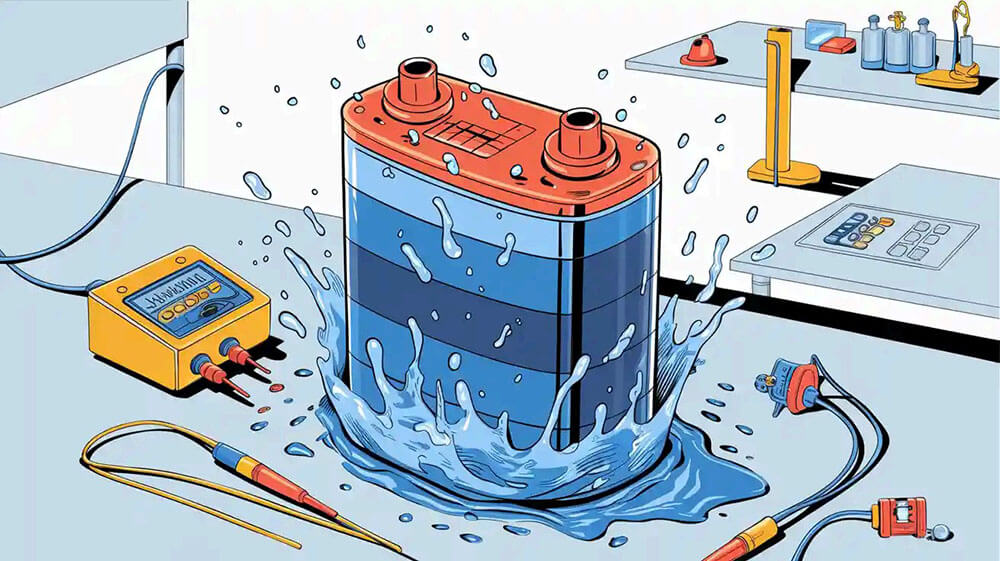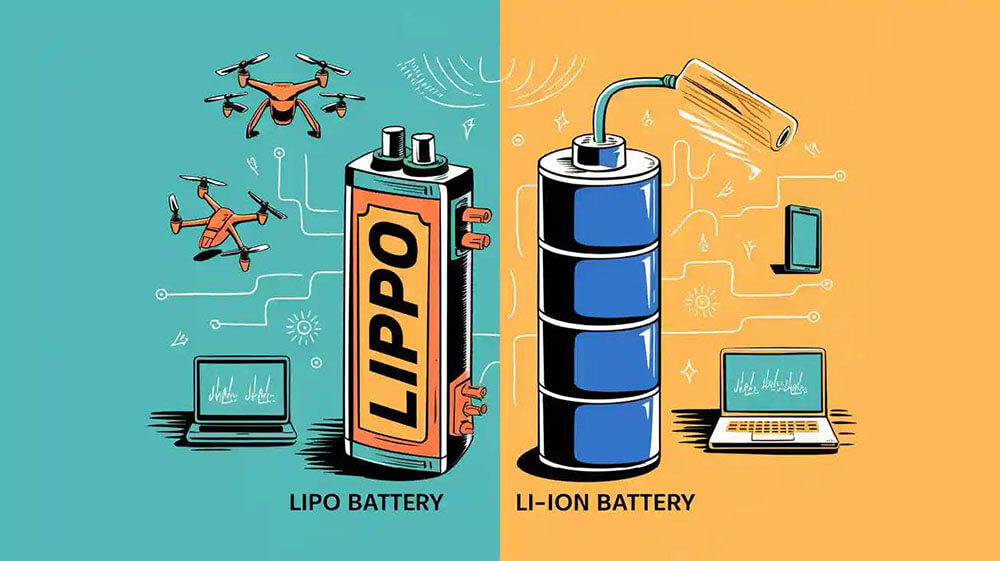Contents
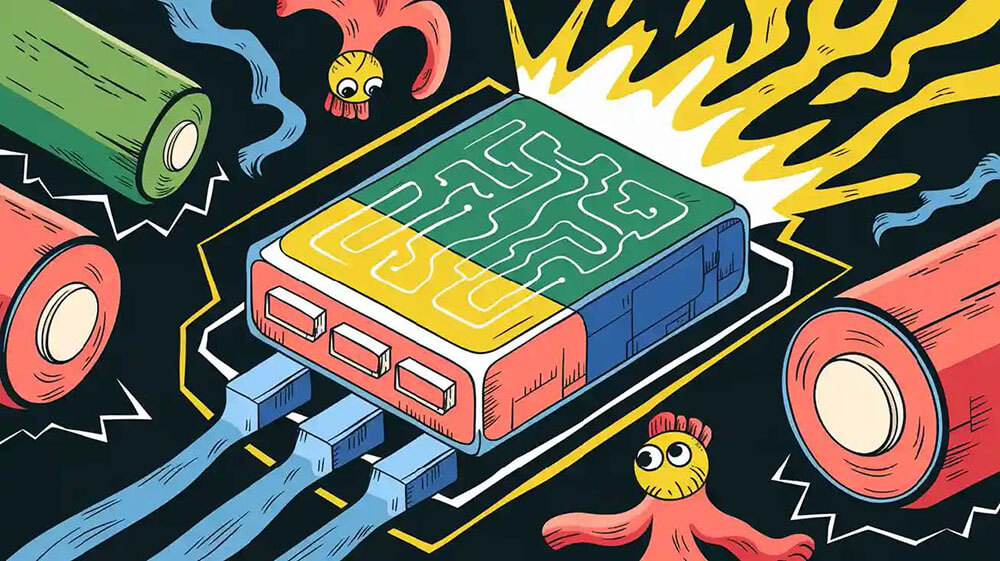
Lithium-ion batteries are better than older batteries. They store more energy, reaching up to 200Wh/kg in some types. Older lead-acid batteries store much less energy. Lithium batteries are widely used in robots and green energy systems. These lithium battery technologies also help the environment by cutting carbon emissions and saving energy.
Key Takeaways
Lithium-ion batteries hold more energy than older batteries. This makes them great for gadgets and electric cars.
They last a long time, up to 5,000 charges. This lowers costs and saves time for businesses.
They charge quickly, helping devices work faster and better.
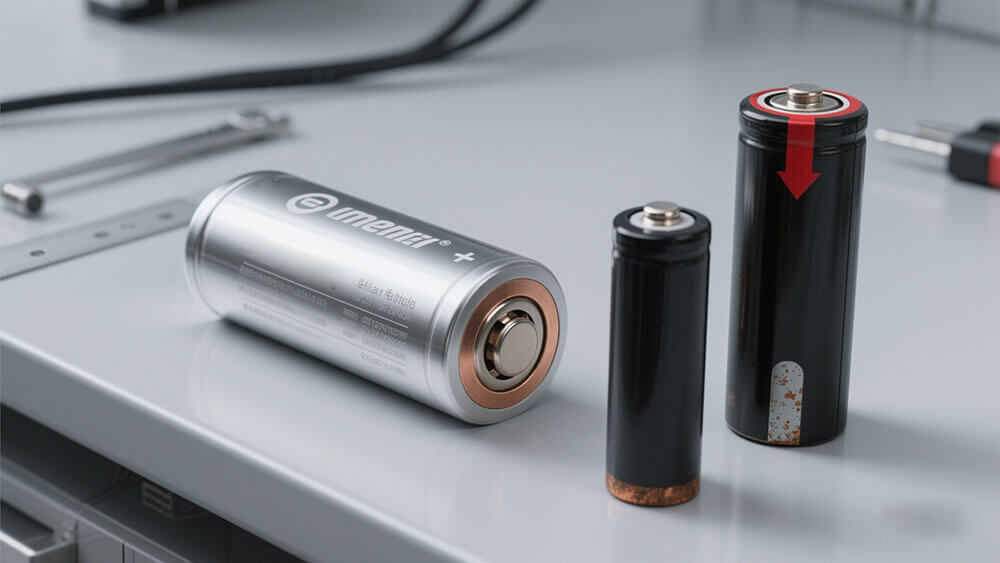
Part 1: Understanding Lithium-ion and Traditional Batteries
1.1 What Defines Lithium-ion Batteries?
Lithium-ion batteries are a modern way to store energy. They have changed many industries with their high energy density. These batteries can hold up to 330 watt-hours per kilogram. This is much more than older batteries, making them great for small and light designs. They also provide voltages as high as 3.6 volts. This is 1.5 to 3 times more than many older battery types.
Another key feature is their low self-discharge rate of 1.5-2% per month. This helps them store energy for a long time. Unlike older batteries, they don’t lose capacity after partial charges. These features make lithium-ion batteries perfect for portable electronics, electric cars, and green energy systems.
1.2 Characteristics of Traditional Batteries
Older batteries like lead-acid, nickel-cadmium (NiCd), and nickel-metal-hydride (NiMH) have been used for years. Each type has special features:
Lead-Acid Batteries: Reliable and cheap, often used in cars and backup power.
Nickel-Cadmium (NiCd): Strong and works in tough conditions, used in tools and medical devices.
Nickel-Metal-Hydride (NiMH): Holds more energy than NiCd, less harmful, used in hybrid cars and factories.
Battery Type | Key Features | Common Uses |
|---|---|---|
Lead-Acid | Oldest rechargeable type, reliable, low cost, high surge current | Car starters, backup power systems |
Nickel-Cadmium (NiCd) | Long life, high discharge current, tough, charges very fast | Tools, medical devices, aviation, UPS |
Nickel-Metal-Hydride (NiMH) | More energy than NiCd, less toxic metals, used in consumer products | Medical tools, hybrid cars, factory equipment |
1.3 Key Technological Differences Between Lithium-ion and Traditional Batteries
Lithium-ion batteries are better than older batteries in many ways. Their high energy density makes them smaller and lighter. This is important for portable devices and electric cars. Older batteries, like lead-acid, only hold about 75 watt-hours per kilogram. This limits their use in modern technology.
Lithium-ion batteries charge faster and need less care. They don’t need full discharges to avoid memory effects, unlike nickel-cadmium batteries. Their low self-discharge rate keeps them working well over time. Older batteries lose charge faster when not used.
These improvements make lithium-ion batteries the best choice for industries that need efficiency, reliability, and eco-friendly solutions.
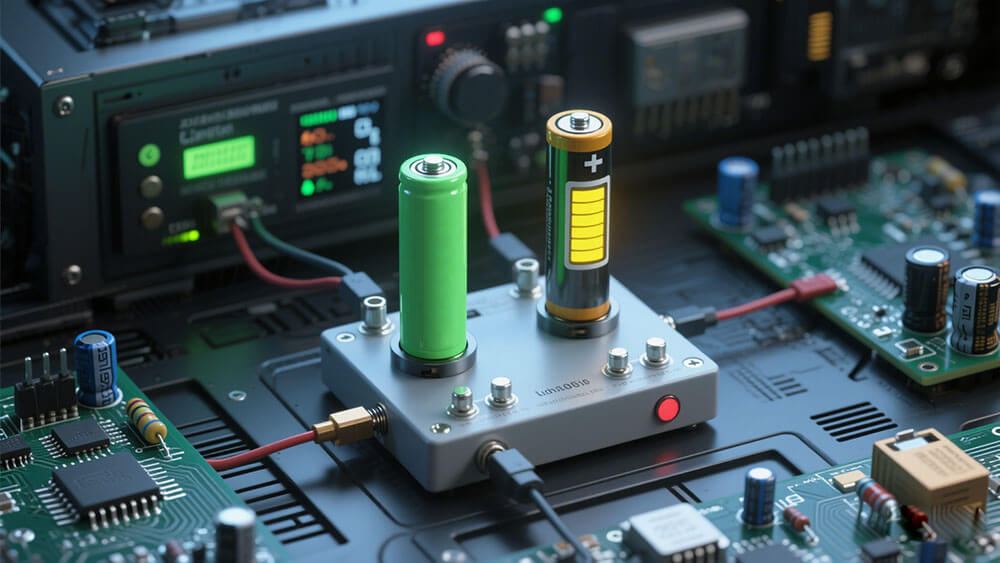
Part 2: Advantages of Lithium-ion Batteries
2.1 High Energy Density for Compact Battery Packs
Lithium-ion batteries store a lot of energy in small spaces. They are great for lightweight and compact designs. Their energy density ranges from 160 to 270Wh/kg. This is much higher than lead-acid batteries, which only provide 75Wh/kg. This means smaller battery packs can hold more energy. These batteries are perfect for portable devices, electric cars, and robots.
New types like lithium-sulfur (LSB) and all-solid-state batteries (ASSB) improve energy storage even more. For example:
Battery Type | Energy Density Boost | Source |
|---|---|---|
Lithium-Sulfur (LSB) | Higher energy due to lithium and sulfur properties | Duffner et al. (2021) |
All-Solid-State (ASSB) | Safer and better energy storage | Fotouhi et al. (2017) |
These advancements keep lithium-ion batteries leading in energy storage technology.
Tip: Need small, powerful batteries? Check out Large Power for custom solutions.
2.2 Extended Lifespan for Industrial Applications
Lithium-ion batteries last longer than older batteries, making them great for industries. This makes them reliable and durable for tough jobs. For example, LiFePO4 batteries last 2,000–5,000 cycles. Lead-acid batteries only last 500–1,000 cycles.
Special discharge methods can increase their lifespan by 38%. This keeps them working well for a long time. Their long life reduces costs and downtime, helping industries like manufacturing and construction.
Note: Industries benefit from the long life of lithium-ion batteries. Find solutions for your needs at Large Power.
2.3 Faster Charging for Operational Efficiency
Lithium-ion batteries charge quickly, saving time for busy applications. Advanced lithium-metal batteries can charge to 80% in just 15 minutes. This is faster than regular lithium-ion batteries, which take longer.
Battery Type | Charging Speed | Features |
|---|---|---|
Lithium-Metal Battery | 80% charge in 15 minutes | Keeps 80% energy after 800 cycles, great for EVs and fast charging. |
Traditional Lithium-Ion | Slower charging times | Takes longer to charge, less efficient for quick use. |
Fast charging makes these batteries perfect for electric cars, robots, and gadgets. They ensure smooth operations with less waiting time.
2.4 Low Self-discharge for Reliable Energy Storage
Lithium-ion batteries lose very little charge when not in use. Their self-discharge rate is only 1.5–2% per month. Older batteries lose charge much faster when idle.
This low self-discharge makes them great for things like security systems, medical tools, and backup power. They keep working well even after being stored for a long time.
Tip: For dependable energy storage, choose lithium-ion batteries with advanced management systems from Large Power.
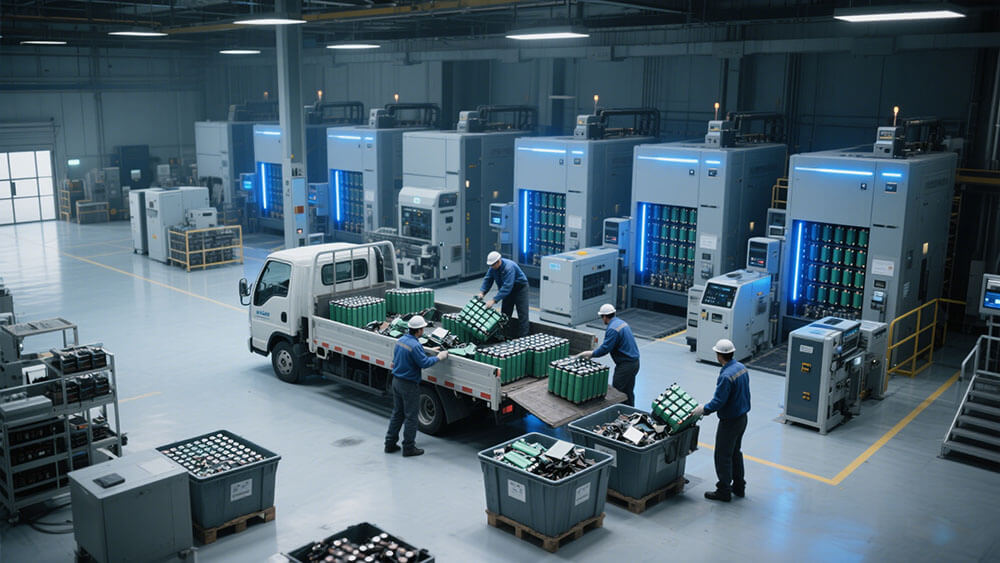
Part 3: Challenges of Lithium-ion Batteries
3.1 Higher Costs but Better Long-term Benefits
Lithium-ion batteries cost more upfront than older batteries. This can make them seem expensive at first. But they last longer and need less care. Over time, this saves money on replacements and repairs.
Recycling these batteries can also save money in the long run. Though recycling is costly, reusing batteries before recycling adds value. For example, using old batteries for other purposes extends their life. This helps save money and supports eco-friendly goals.
While the starting price is high, their long life and reuse make them worth it.
3.2 Safety Issues: Heat and Fire Risks
Safety is a big concern with lithium-ion batteries. They can overheat, causing fires or explosions. Reports show these problems have gone up by 28% in five years. On average, two cases happen each week. Luckily, most issues are fixed early, stopping bigger problems.
Many people don’t know about these risks. For example:
Over half of e-bike users don’t know their batteries are lithium-ion.
Almost half charge their batteries in unsafe places, like near exits.
You can stay safe by charging batteries correctly and using safe equipment. Knowing the risks and acting carefully is very important.
3.3 Recycling and New Eco-friendly Ideas
Recycling lithium-ion batteries is hard but has room to grow. In China, only 25% of old EV batteries are recycled properly. High costs for transport and labor make recycling less profitable.
New methods aim to fix these problems. They focus on reusing materials like lithium and cobalt. This reduces the need for mining and helps the environment.
Supporting better recycling methods can cut waste and help green energy efforts.
Lithium-ion batteries have many benefits like storing lots of energy, lasting longer, and being better for the environment. They do cost more and can have safety risks, but they are still the top choice for things like electric cars and green energy. New ideas and better recycling methods are making them even more useful, helping create a cleaner and smarter energy future.
FAQ
1. How can you safely charge lithium-ion batteries?
Use the charger the maker suggests.
Don’t overcharge or let the battery get too hot.
Charge it in a place with good airflow.
Tip: Watch your battery while charging to stop it from overheating.
2. Are lithium-ion batteries recyclable?
Yes, they are. Special centers take out useful materials like lithium and cobalt. Recycling helps cut down on waste and supports clean energy.
Note: Look for local programs to recycle them the right way.
3. Why are lithium-ion batteries better for the planet?
They lower greenhouse gases and save energy. Their long life means fewer replacements, which helps the environment.
Tip: For professional guidance on lithium-ion batteries, visit Large Power.


